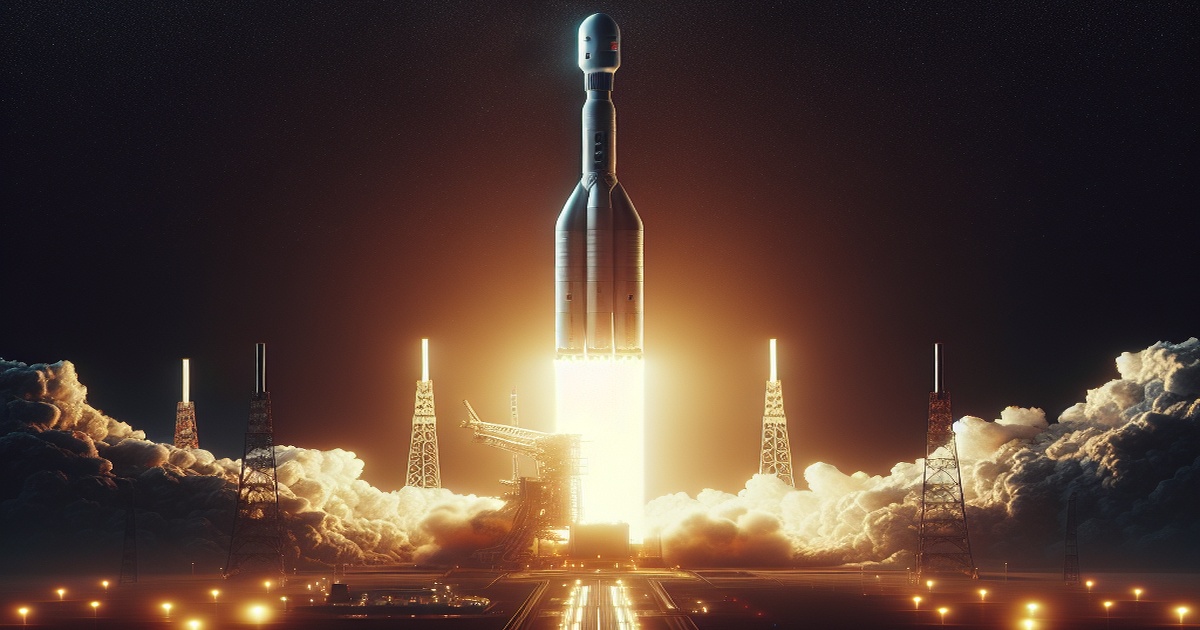On Sunday, Japan accomplished a successful launch of its H3 rocket, demonstrating advancements in aerospace technology by placing the No. 6 Michibiki satellite into orbit. This mission aims to enhance the accuracy of global positioning systems, which are critical for a wide array of applications.
The H3 rocket, which operates using a large two-stage liquid-fueled design, lifted off from the Tanegashima Space Center around 5:30 p.m. This successful launch comes after a previous setback in 2023, marking the fourth successful flight in a row for the H3 series. The recently launched satellite will work alongside existing satellites and is part of a broader initiative to improve positioning accuracy significantly, reducing potential errors to only a few centimeters.
By fiscal 2026, Japan plans to have a total of seven Michibiki satellites in operation, while development for an additional four backup satellites is set to commence in fiscal 2025. Currently, four Michibiki satellites are already operational, and with the addition of the new satellite, Japan aims to secure a strong presence in the highly competitive geostationary orbit landscape, prompting the Japan Aerospace Exploration Agency to expedite this launch to protect its orbital positions.







5 Comments
Coccinella
Kudos to the Japan Aerospace Exploration Agency! Their efforts are paving the way for better technology!
Marishka
I don't see the point in investing in technology that primarily serves corporate interests. Count me out!
Pupsik
This sounds like an extravagant publicity stunt rather than a genuine scientific endeavor.
Marishka
I don't get why the media glorifies these launches. It's just a bunch of metal flying through space!
Pupsik
It's so inspiring to see nations invest in science and technology! This launch is a step towards a brighter future!